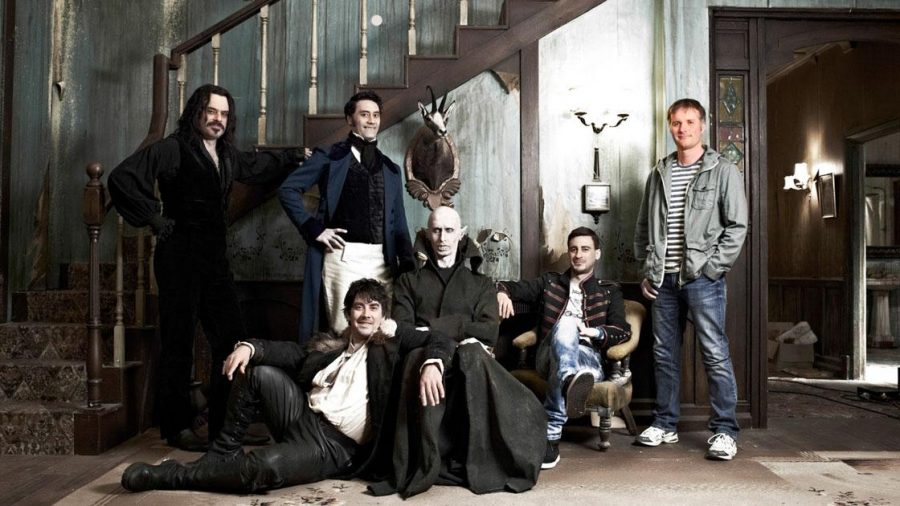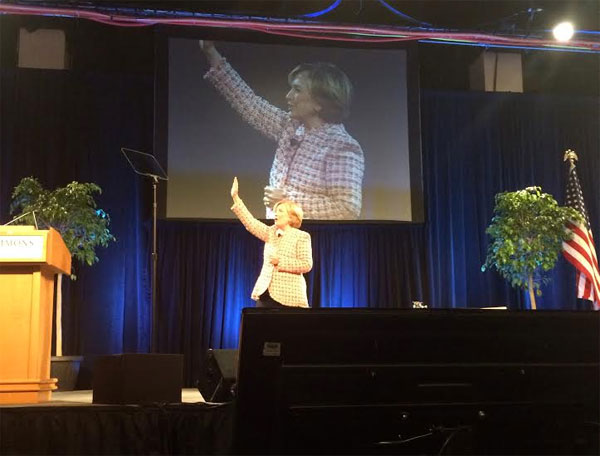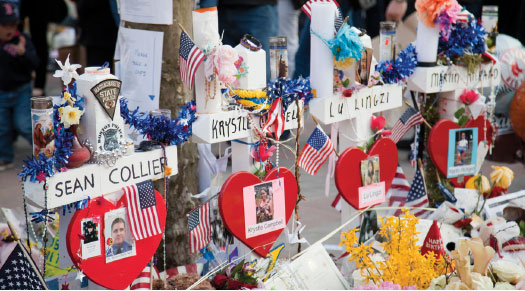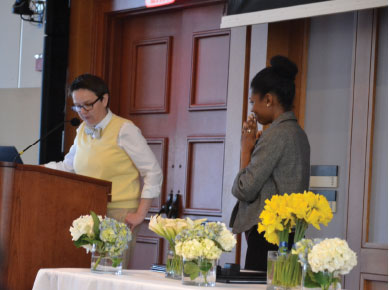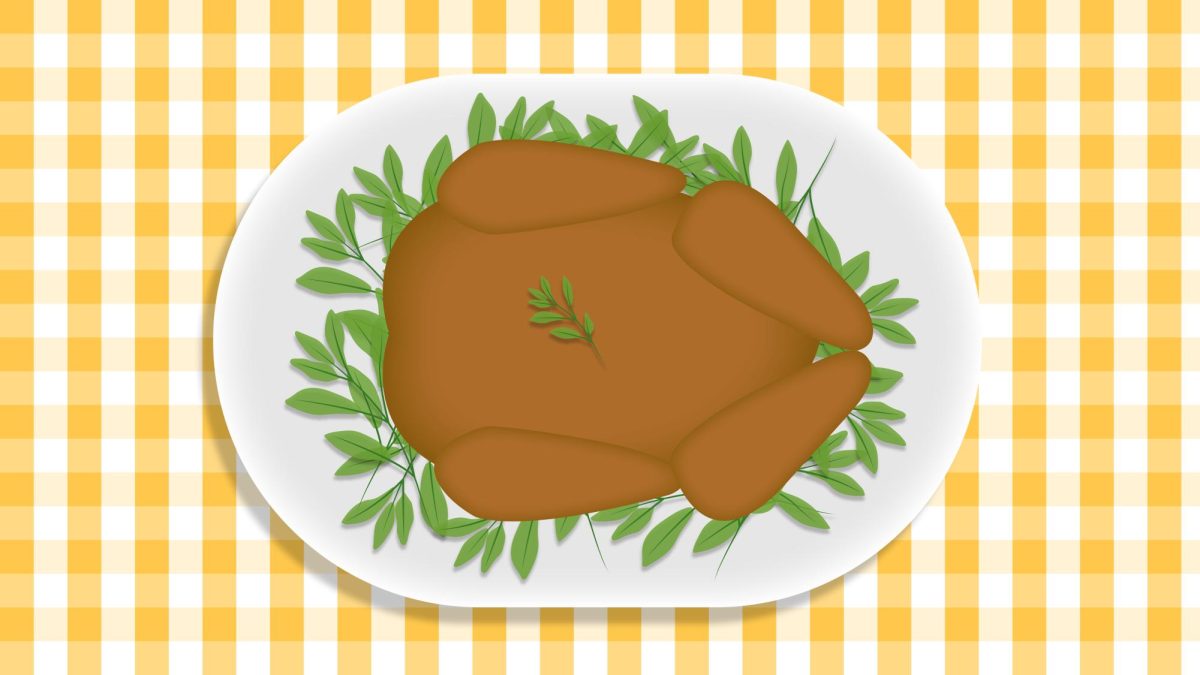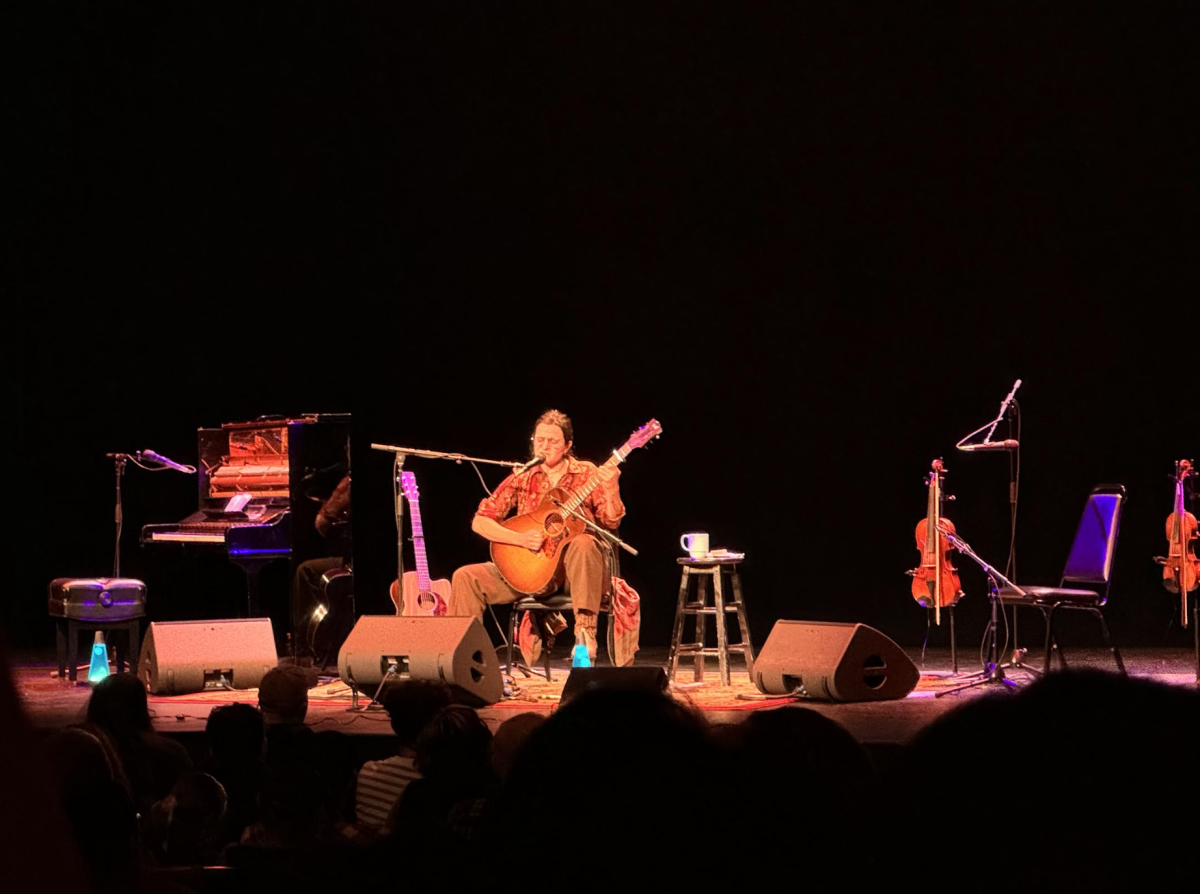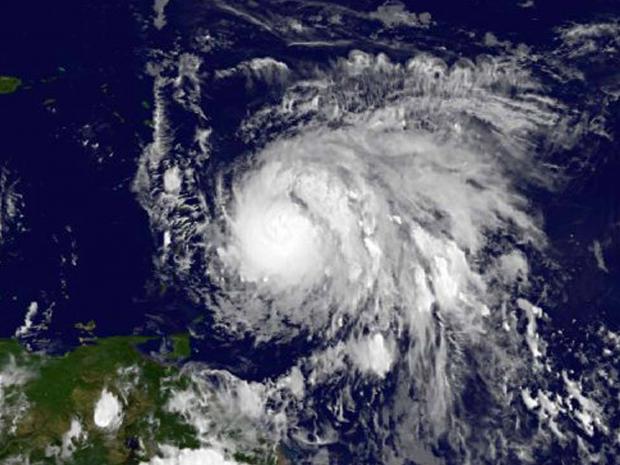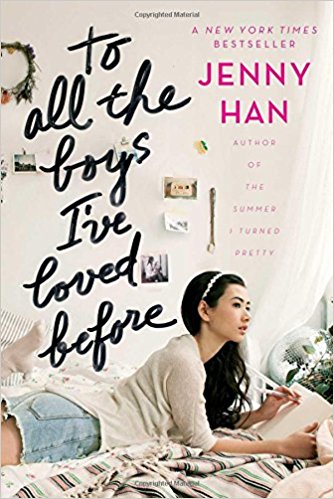By Rimsha Khan
Staff Writer
The exhibit “She Who Tells a Story” at the Museum of Fine Arts features twelve women photographers with roots in Iran and the Arab world, from Morocco, to Yemen, to Iraq.
I first visited as part of an honors course—Islamophobia: Anti Muslim Racism in Europe and the United States. Rich with different ideas, themes, and images, the exhibit was a lot to take in. So, I revisited it.
The work ranges from fine art to photojournalism, providing insight into politics and society of a region “historically misunderstood and misrepresented” as a sign at the entrance states. The purpose of the exhibition is to challenge the stereotypes of Arab and Iranian women and beckon us “to challenge our own preconceptions, and to explore new cultural landscapes” explained Curator Kristen Gresh.
The exhibit featured a whole range of topics in various settings. One of the standouts was the work of Nermine Hammam which focused on the 2011 uprising in Egypt and its aftermath. Her series “Cairo Year One” consisted of images of Egyptian soldiers embedded in the scenery of her personal postcard collection. These stood out to me since the men were the subjects of these photographs in an exhibit representing primarily women.
My favorite piece of that series, “The Break,” shows two soldiers standing casually, one eating and another with his back to the camera with a slight turn, in a flower field with snow-capped mountains in the background. While being the only photographs with men as the main subject, they were also interestingly “feminized” or softened due to Hammam’s use of landscape as a backdrop.
Unlike the delicate images portrayed by Hammam’s, another photographer that caught my eye was Rula Halwani with her gritty images of war. Halwani’s prints are negative images resulting in what appears to be night-vision images. Her “Negative Incursions” series portrays the suffering of the Palestinians during the 2002 Israeli incursion.
From a grieving mother standing in the rubble to men lying face down on the ground in front of a tank, the images hit hard. The photographer frames the images with black borders meant to imitate television screens and also criticize the media’s inadequate coverage of Palestinian suffering.
The work in the exhibition features a great diversity of women in several different contexts challenging viewers to reassess their stereotypes and preconceived notions. However, it’s a fine line.
While my art teacher encouraged us to look at art instead of becoming engrossed in the descriptions, this exhibition requires contextualization. Viewers, especially from a western standpoint, might easily find themselves reaffirming their notions and missing the agency of women, as the artists seek to portray, in the face of “oppression.”
“You have to keep in mind who the photographers are, the context of their piece, and who their intended audiences are,” said junior psychology major Ameerah Saker.
Refreshing, intriguing, educating, and beautiful, this fine exhibition at the Museum of Fine Arts will only be around until Jan. 12, so go over and visit while you can.
The museum is open Wednesday to Friday from 10 a.m. – 9:45 p.m. and Saturday to Tuesday from 10 a.m. – 4:45 p.m. It is free for Simmons students to visit with a school I.D.



